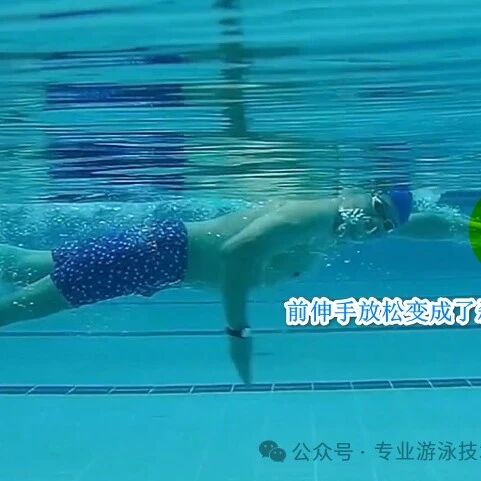Familiarize yourself with training performance metrics and master a swimming rhythm that suits you.
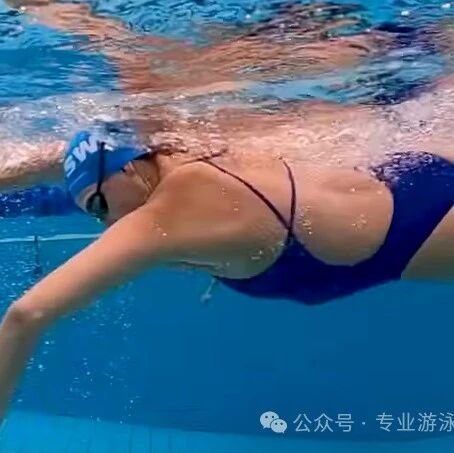
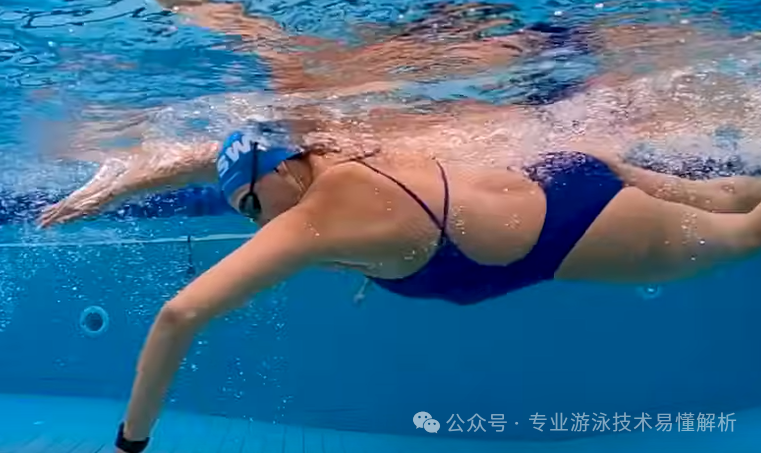
Just as an engine cannot function without air, no form of movement is possible without oxygen. At its core, movement relies on muscle contractions—processes that consume energy. And just as an engine’s fuel must be efficiently and fully burned with the help of oxygen, energy consumption itself depends critically on oxygen to occur smoothly and effectively.
It's clear that the more completely and efficiently fuel combines with oxygen, the stronger the engine's performance—and the more effectively oxygen is supplied during energy consumption, the higher the level of activity.
Although exercise is often categorized into aerobic and anaerobic types, the truth is that no form of physical activity can occur without an oxygen supply. The so-called distinction between aerobic and anaerobic actually refers to differences in how oxygen is delivered. After all, from an oxygen-supply perspective, an engine has an intake chamber, and the human body has lungs—both essentially serving as built-in oxygen-storage systems. If a particular exercise depletes only the oxygen stored within these internal systems, it’s classified as anaerobic. However, if the activity continuously replenishes the body with external oxygen while simultaneously expelling waste gases from the internal storage system, then it’s considered aerobic exercise.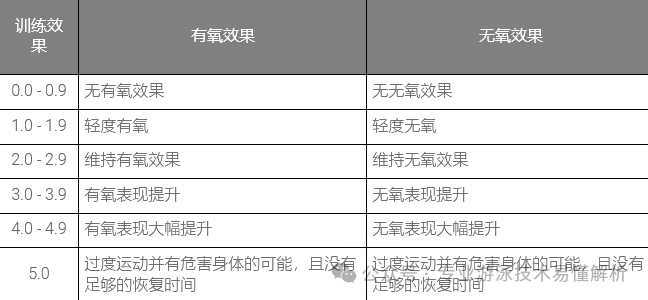
1. Aerobic and Anaerobic Exercise
Aerobic exercise relies on oxygen to supply energy. During this type of activity, the body can deliver oxygen to the muscles via the respiratory system, providing the energy needed for sustained performance. It typically involves longer durations at lower or moderate intensities, allowing you to keep going for an extended period.
Anaerobic exercise primarily relies on non-oxidative metabolic pathways to produce energy, without depending on oxygen. This type of activity is characterized by high intensity and relatively short duration. While energy is supplied quickly, it can’t be sustained for long periods and often leads to the buildup of lactic acid.
Whether it’s aerobic or anaerobic exercise, improving your fitness level hinges on understanding two key points: First, anaerobic exercise isn’t truly "anaerobic"—it simply means the body relies primarily on its internal oxygen reserves during the activity. As energy is expended, oxygen directly fuels muscle contractions, much like a controlled explosion, making it ideal for movements that require explosive power or rapid, short-term bursts of energy. Second, during aerobic exercise, external oxygen continuously replenishes and exchanges with the body’s built-in oxygen stores. For the lungs to take in fresh oxygen, they must first expel carbon dioxide—essentially, breathing involves both inhaling clean air and efficiently releasing stale air. How effectively you clear out those waste gases and seamlessly draw in fresh oxygen plays a critical role in determining the true intensity and effectiveness of your aerobic workout.
2. Why swimming speed temporarily increases during anaerobic exercise
Energy system transition: When starting high-intensity anaerobic exercise, the body quickly shifts to non-oxidative metabolic pathways. This type of metabolism allows for a faster energy supply, enabling muscles to fire more rapidly and generate greater power. As a result, swimming speed can increase dramatically, as muscles receive a significant boost in energy support.
Neurological adaptation: High-intensity exercise may activate the nervous system, enhancing muscle reaction speed and coordination. This adaptation could enable athletes to perform exceptionally well during short bursts of intense activity, such as a sudden burst of speed in a swimming race.
Lactate Threshold: During anaerobic exercise, lactate builds up in the muscles. However, high-level athletes can tolerate and even leverage this buildup—before it reaches a critical point—to enhance muscle performance.
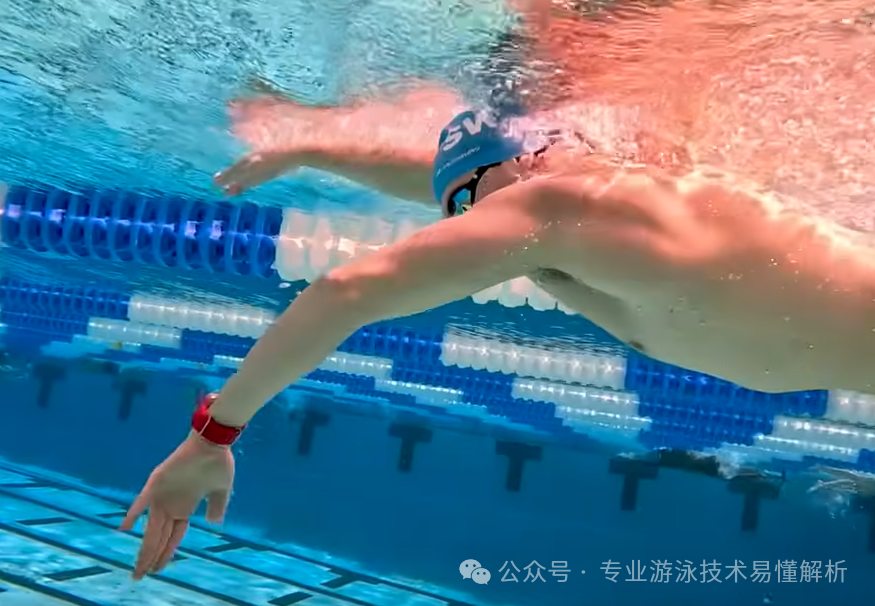
Digital fitness training is currently a new and emerging focus in the international sports science community. It involves using modern technological methods to monitor training quality in real time by analyzing data collected during athletes' physical workouts—and then adjusting the training process accordingly based on that data.
Digital physical training is a two-way regulatory process, and part of the role of sports science is to quantify the training process through data, then identify and summarize these findings into clear patterns. In competitive sports, the collection and analysis of human movement data are essential core components for analyzing all athletic disciplines.
Exercise physiology and biochemistry quantify the internal loads experienced by athletes, enabling precise monitoring of their physiological status and fatigue levels. Meanwhile, exercise training science and sports biomechanics focus on measuring athletes' external performance during training, allowing for effective management of their competitive abilities.
High-intensity interval HIPS endurance training is the primary method for demonstrating endurance in combat sports and on-court ball sports, and it also serves as a key focus for digitally quantifying athletes' physical conditioning in these disciplines. This approach aims to enhance endurance, explosive power, speed, strength, and coordination, while simultaneously validating the effectiveness of specific techniques.
Simply put, this is about using quantification to identify techniques for improving tendon stretching—specifically, methods that not only restore the tendon to its original state but also enhance its ability to stretch further during training. It’s important to note that individual differences can lead to widely varying results. For elite-level swimmers, developing a more tailored training plan based on these quantitative findings is absolutely essential.
For casual swimming enthusiasts, workout effectiveness is calculated based on personal information, training records, heart rate, exercise duration, and intensity—features that professional sports watches typically offer.
One official account shares swimming tips, while another focuses on software insights, online resources, and reading experiences.
Thank you for your supportive and encouraging likes—especially appreciated are the comments that spark conversation, as well as more shares to spread the word!
Related Articles
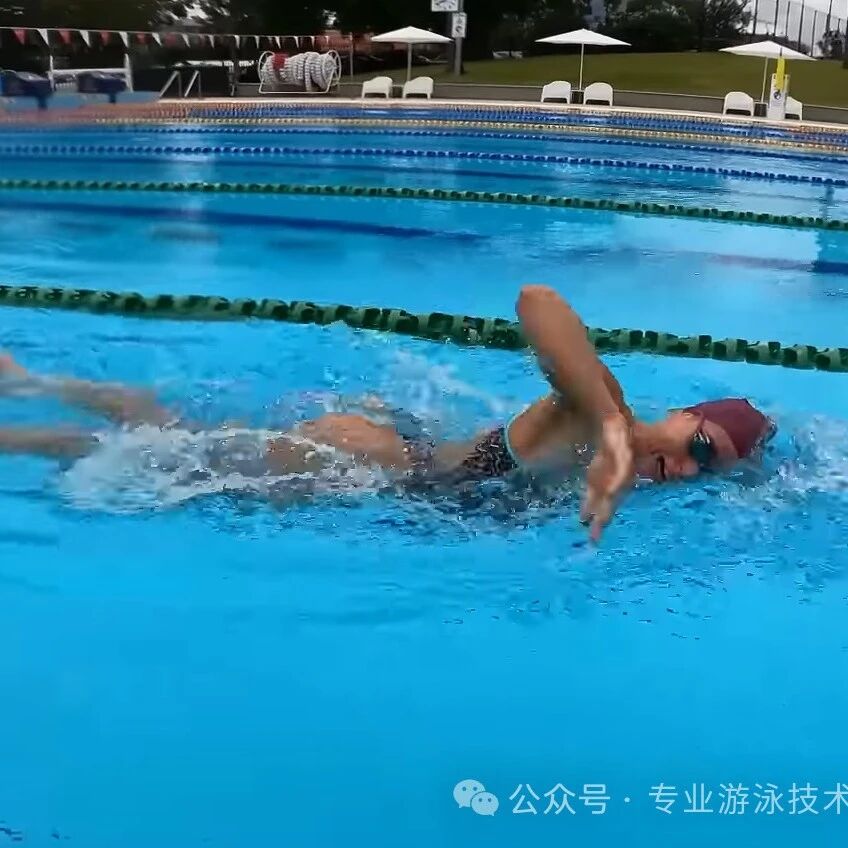
The freestyle stroke is the technique—what truly matters is the core internal skill of generating power efficiently and effectively.
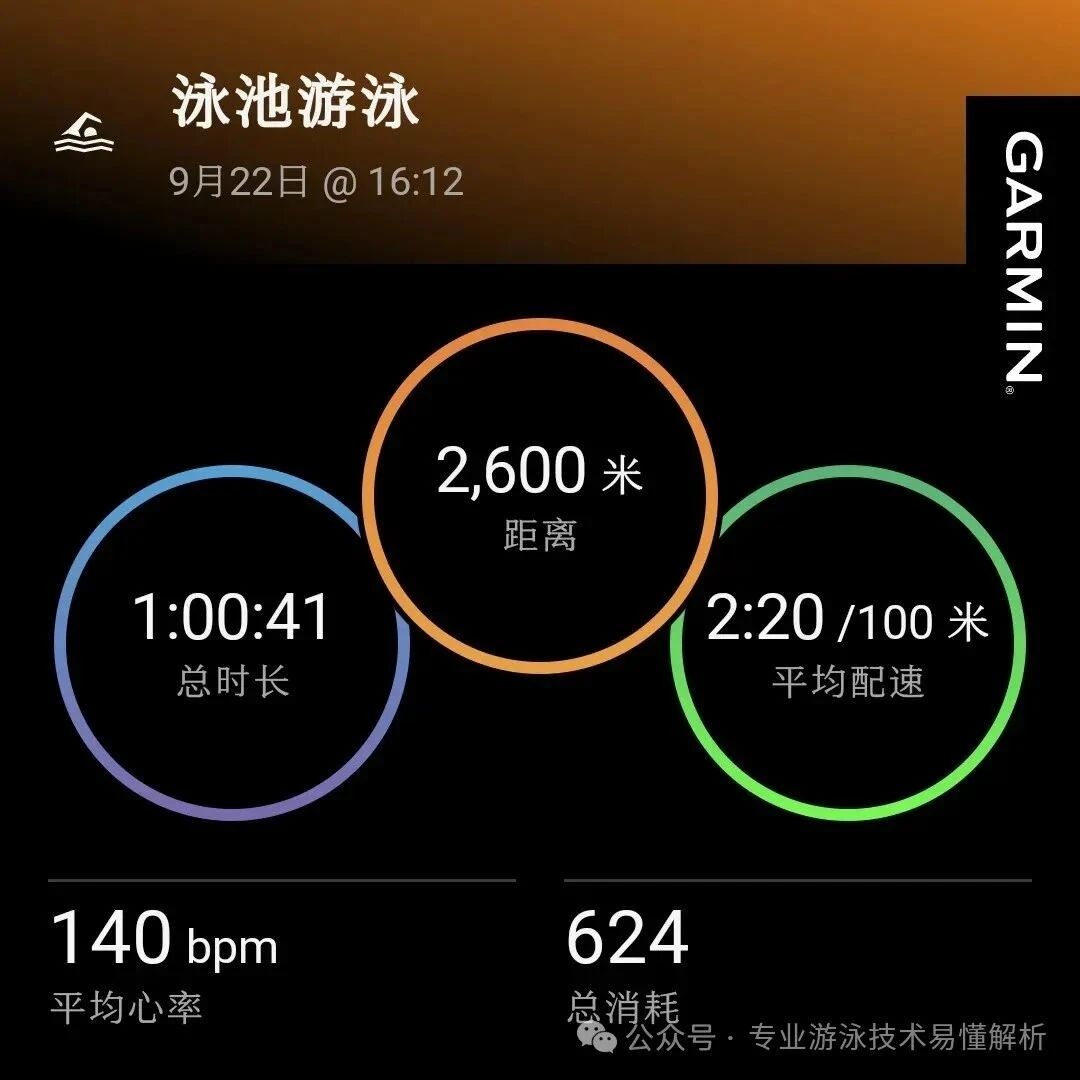
Finished a one-hour weekend swim session.
